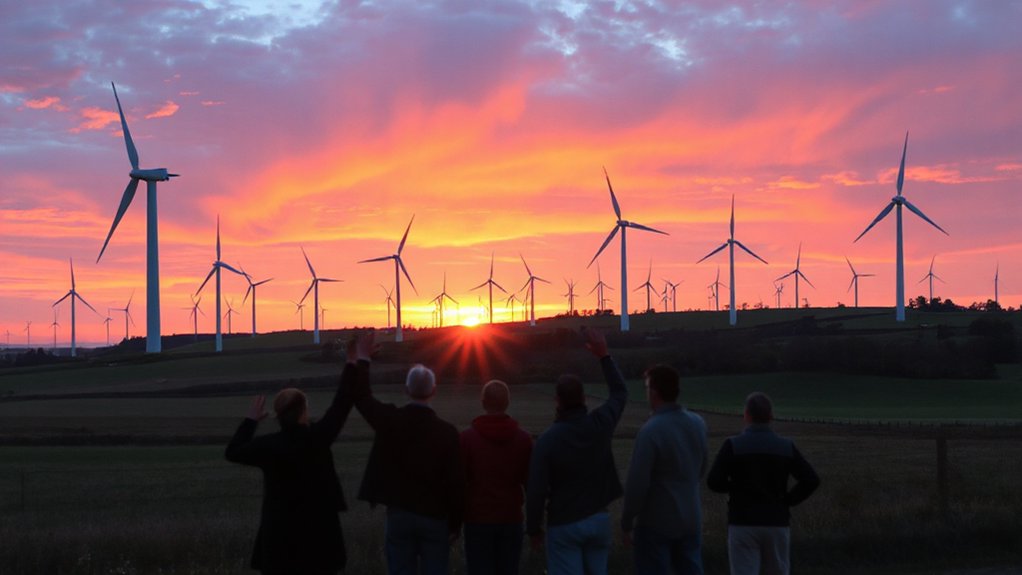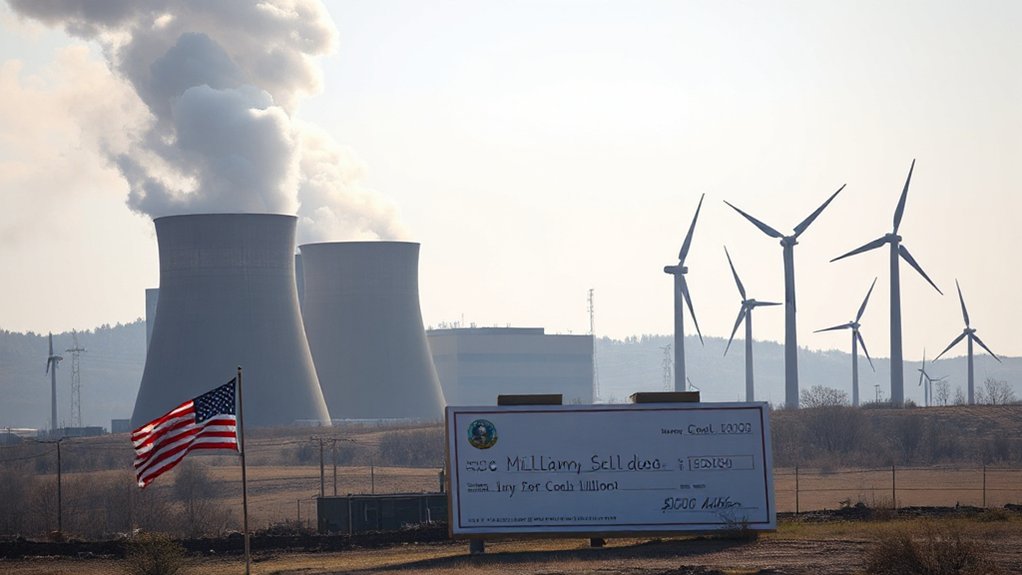Transporting wind turbine blades is a massive pain in the neck – literally, since these monsters are over 100 meters long and weigh up to 25 tons each. Companies need specialized trailers, custom permits, and precise route planning to avoid turning these engineering marvels into very expensive roadblocks. Night operations, escort vehicles, and self-steering trailers help move these behemoths across highways and backroads. The whole process makes rocket science look like child’s play, and that’s just the tip of the turbine.

The challenge of moving wind turbine blades is nothing short of a logistical nightmare. These massive structures, stretching beyond 100 meters and weighing up to 25 tons each, can’t exactly be tossed in the back of a pickup truck. They demand specialized trailers, custom railcars, and ships that look like they were designed by someone with a peculiar sense of humor.
Moving wind turbine blades requires specialized giants of transportation, turning every delivery into an engineering feat of epic proportions.
Getting these giants from point A to point B requires more planning than a military operation. Route planners spend countless hours mapping paths that avoid low bridges, tight turns, and anything else that might turn a wind blade into an expensive roadside decoration. A typical three-blade assembly weighs about 36 tons, making precise planning crucial. Transport teams often conduct operations at nighttime to minimize traffic disruption and enhance safety.
And don’t even get started on the permits required – there’s enough paperwork to fill a small library.
The environmental impact adds another layer of complexity to this transportation puzzle. Companies are desperately trying to minimize road modifications and tree removal while simultaneously reducing their carbon footprint. These efforts align with wind energy’s role as a clean energy source that helps reduce global carbon emissions. It’s like trying to dance through a china shop wearing oversized boots – technically possible, but requiring extreme caution.
Technology is stepping up to help tackle these challenges. Self-steering trailers now exist, making these mammoth loads slightly less terrifying to transport. GPS tracking keeps tabs on every blade’s journey, while computer simulations help predict potential disasters before they happen.
Some bright minds are even proposing hybrid airships, though the idea of floating these massive blades through the sky might raise a few eyebrows.
The future of blade transport is evolving faster than a weather forecast. On-site manufacturing is gaining traction because, let’s face it, the shorter the transport distance, the fewer opportunities for things to go wrong.
Segmented blade designs are emerging as a practical solution, breaking down these monsters into slightly less intimidating pieces. Meanwhile, artificial intelligence is muscling its way into route planning, promising to make the whole process smarter – though whether it can account for that one stubborn tree branch remains to be seen.
Safety remains paramount, with escort vehicles, strict speed limits, and weather monitoring ensuring these oversized loads don’t become oversized problems. It’s a complex dance of logistics, technology, and sheer determination.









